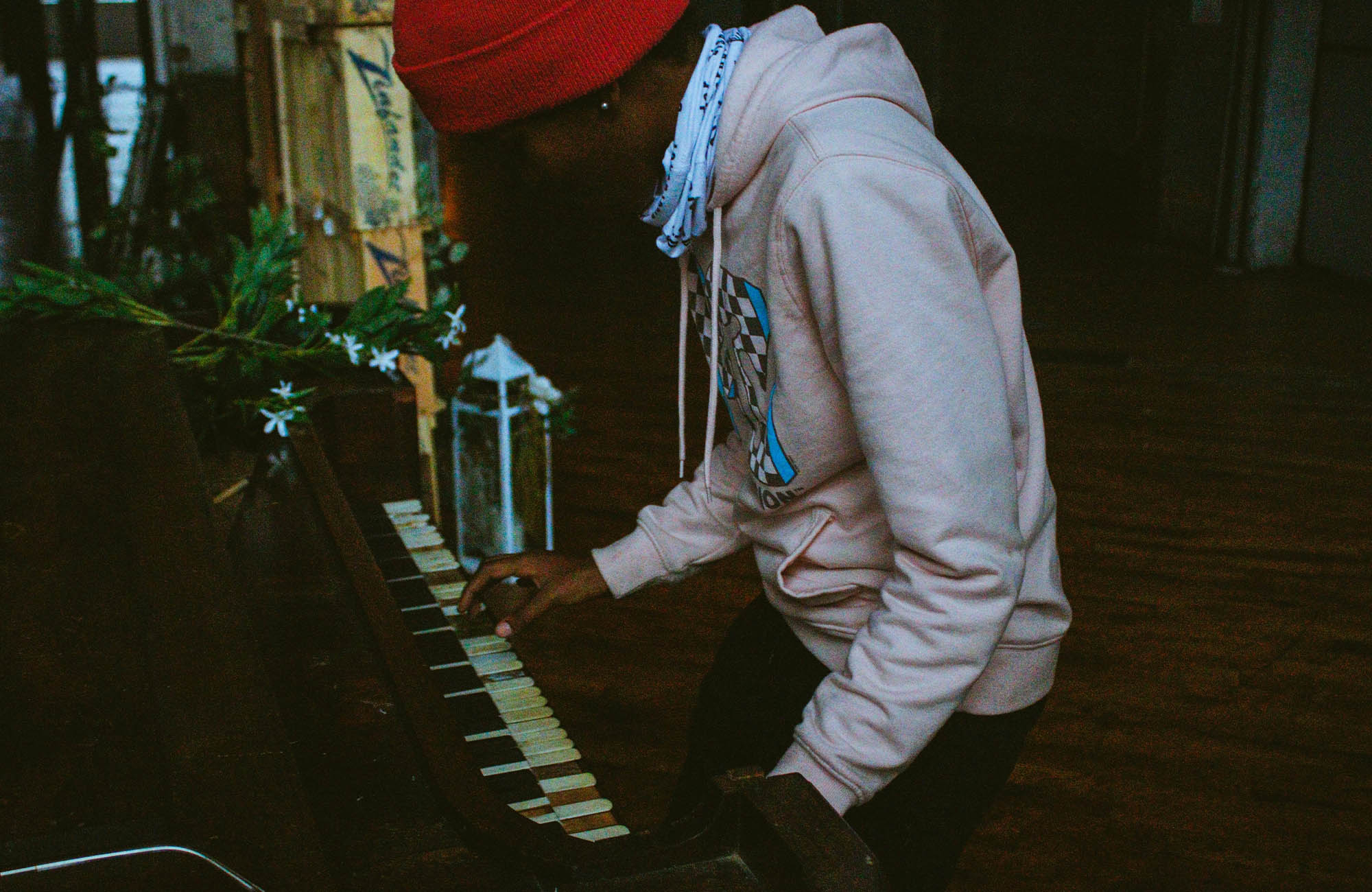
Type Beats: A Sonic Revolution in the Music Industry
In the ever-evolving landscape of the music industry, artists are constantly seeking innovative ways to express their creativity and connect with audiences. One phenomenon that has gained significant traction in recent years is the concept of “type beats.” This unique approach to music production has not only transformed the way artists collaborate but has also reshaped the dynamics of the music creation process. In this article, we will delve into the origins and evolution of type beats, exploring how they have become an integral part of the contemporary music scene.
Defining Type Beats:
A “type beat” refers to a style of instrumental music that is crafted to emulate the sound and aesthetic of a particular artist, producer, or genre. These beats are often named after the artist or genre they seek to replicate, followed by the term “type beat.” For example, a beat inspired by the production style of Drake might be titled “Drake Type Beat,” providing artists with a clear reference point for the mood and style of the instrumental.
Origin:
The concept of type beats can be traced back to the rise of online platforms and the democratization of music production tools. As the internet became a hub for artists to share and collaborate, producers began creating and uploading beats inspired by popular artists. This practice gained momentum on platforms like YouTube, SoundCloud, and BeatStars, where producers would showcase their creations with easily searchable titles, making it simple for artists to find the perfect instrumental for their projects.
One of the earliest instances of type beats gaining popularity can be attributed to the online producer community on SoundClick in the early 2000s. Producers started tagging their beats with the names of prominent artists, attracting attention from independent artists searching for high-quality, industry-ready instrumentals.
The Rise of YouTube and Social Media:
The emergence of YouTube as a central platform for music discovery played a pivotal role in the proliferation of type beats. Producers realized the potential of reaching a vast audience by creating visually engaging videos that featured their beats alongside artist names. As a result, artists looking for beats found it convenient to browse through YouTube, where a plethora of type beats awaited them.
Social media platforms like Instagram also contributed to the popularity of type beats. Producers began to showcase short clips of their beats on Instagram, allowing artists to easily discover and engage with their work. The use of hashtags like #TypeBeat further streamlined the process, making it simple for artists to find the specific sound they were seeking.
The Impact on Collaboration and Creativity:
Type beats have significantly impacted the way artists collaborate and explore their creative boundaries. In the traditional music industry model, artists would typically work closely with in-house producers or studios. However, the rise of type beats has empowered artists to explore a wide range of sounds and collaborate with producers from around the world.
This democratization of music production has allowed emerging artists to access high-quality instrumentals without the need for extensive studio sessions or large budgets. As a result, type beats have become a powerful tool for independent artists, enabling them to focus on their craft and build their unique sonic identities.
Criticism and Challenges:
While type beats have revolutionized the music industry in many ways, they are not without their fair share of criticism. Some argue that the practice of emulating specific artists or styles may stifle originality and creativity. Critics posit that artists may become too reliant on existing trends rather than pushing the boundaries of musical innovation.
Additionally, there are concerns about the commodification of creativity, as producers may prioritize creating beats that cater to popular search trends rather than exploring unique and experimental sounds. The sheer volume of type beats available online also poses a challenge for artists in navigating through the multitude of options to find a truly distinctive sound.
Conclusion:
The evolution of type beats represents a fascinating chapter in the ongoing narrative of the music industry. From its humble beginnings on online platforms to its current status as a global phenomenon, type beats have reshaped the way artists create, collaborate, and connect with their audiences. While facing criticism, the democratization of music production and the accessibility of diverse sounds have undoubtedly empowered artists to explore new avenues of creativity. As the music landscape continues to evolve, type beats will likely remain a significant force, bridging the gap between artists and producers in the ever-expanding realm of sonic possibilities.
Browse Beats & Instrumentals
Check out my extensive catalog of more than 500 custom-made beats and instrumentals, available for free download or licensing.


No Comments